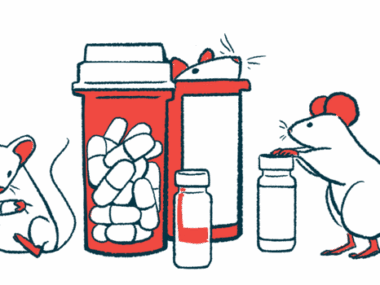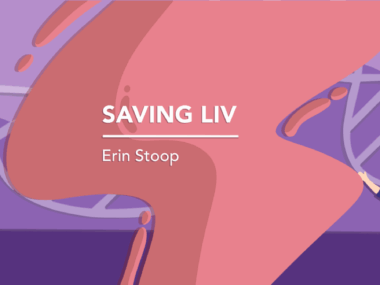My Sister’s Sanfilippo Helps Me Guide My Students
Columnist Emily Wallis knows why she believes in teaching kindness
Written by |

I have a job that I love. This is my third year teaching first grade, and it’s rewarding and challenging in so many ways. From day one, my students (or my “kiddos,” as I call them) learn that kindness is our classroom’s golden rule. I remind them each and every day that kindness should be the root of everything they do.
My sister, Abby, has Sanfilippo syndrome. She is 27, but I can vividly remember going to school with her and worrying about people looking at her or asking me why she “talked funny” sometimes.
Looking back, it’s difficult to think about how worried I was about people thinking Abby was different, given what Abby is like now. When she was in school, she could sit at a table, go to the bathroom independently, and engage in conversation. Now, she requires help with all basic life skills.
Kindness and inclusion
I think of Abby multiple times every day when I’m at school. I see her in my students in the hallway, on the playground, and at lunch. My eyes instinctively go toward the students eating or playing alone — the students who are “different.”
The beautiful thing is that my students’ eyes are learning to do the same.
There’s usually a time in the school year when I see this come to fruition. I can distinctly remember a moment from last year with a child who was just like Abby. I connected with them very quickly, given the extra help they needed to function in my classroom. My other students quickly formed their own relationships with them. I walked with my class to the playground, holding the child’s hand, and after being released to play, several students asked the child to join them.
This goes back to Abby. Often, she was the student who sat alone at lunch or didn’t have a friend on the playground. As her sister, I use this experience to shape my students every year. When I see a student excluded, it’s Abby. In that moment, other students were taking the initiative to include a child who may not have been included without their teacher having conversations about inclusion and acceptance.
I also often think of my parents as I form relationships with my students. My parents loved nothing more than seeing Abby included and loved at school. While she was mostly in special education classrooms, she had some wonderful experiences in general education, where she met people who were so kind to her. This became my goal as an educator.
Abby is a huge part of my classroom’s foundation of kindness. I never imagined Abby having such a huge part of my career, but I have her to thank for a teaching philosophy that continues to affect students in and out of my classroom.
Note: Sanfilippo News is strictly a news and information website about the syndrome. It does not provide medical advice, diagnosis, or treatment. This content is not intended to be a substitute for professional medical advice, diagnosis, or treatment. Always seek the advice of your physician or other qualified health provider with any questions you may have regarding a medical condition. Never disregard professional medical advice or delay in seeking it because of something you have read on this website. The opinions expressed in this column are not those of Sanfilippo News or its parent company, Bionews, and are intended to spark discussion about issues pertaining to Sanfilippo syndrome.







Leave a comment
Fill in the required fields to post. Your email address will not be published.